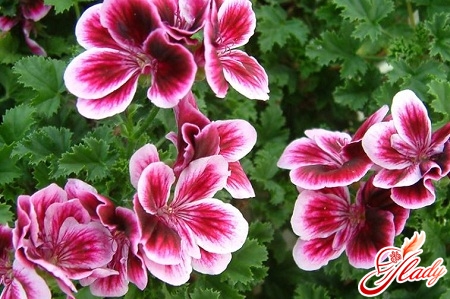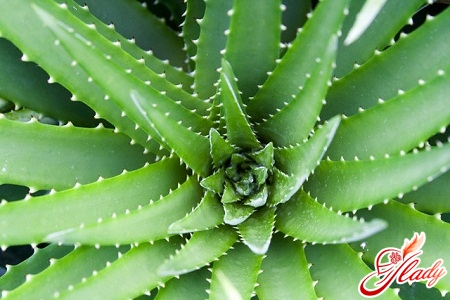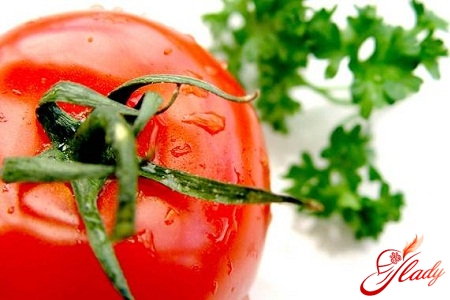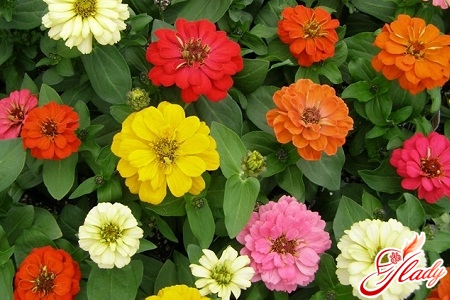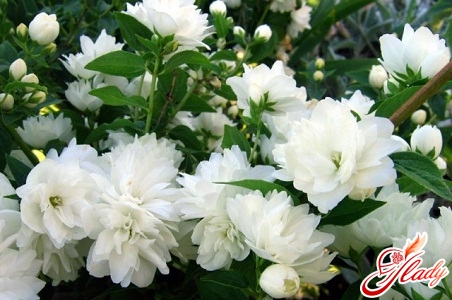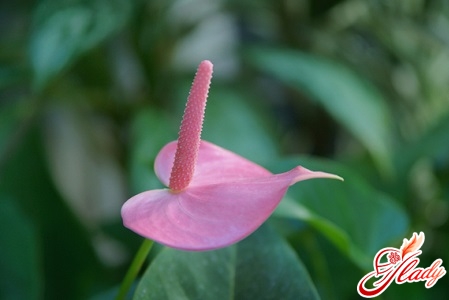 "Anthurium" literally translated - tail and flower. This name was received by him because of the inflorescence, located in the center and resembling a thick tail. It is generally believed that the Anthurium awakens the creative and love energy and is the patron flower of those born under the sign of Leo. Anthurium is an ornamental deciduous plant with a lot of beautiful juicy wax flowers, which feels great both in indoor and garden conditions. Working with an anthurium flower, do not forget that the juice of its leaves, especially young ones, contains poisonous substances and can provoke intestinal distress, vomiting and contact dermatitis. For safety, the flower is best kept away from small children and domestic animals.
"Anthurium" literally translated - tail and flower. This name was received by him because of the inflorescence, located in the center and resembling a thick tail. It is generally believed that the Anthurium awakens the creative and love energy and is the patron flower of those born under the sign of Leo. Anthurium is an ornamental deciduous plant with a lot of beautiful juicy wax flowers, which feels great both in indoor and garden conditions. Working with an anthurium flower, do not forget that the juice of its leaves, especially young ones, contains poisonous substances and can provoke intestinal distress, vomiting and contact dermatitis. For safety, the flower is best kept away from small children and domestic animals.
Care of the plant
Proper care will provide the anthurium with a long andprosperous existence. Try to prevent direct sun rays from getting on the leaves and keep the temperature plug between 18 and 25 degrees Celsius. The scattered penumbra of the east and north-west is the optimal variant of the anthurium content. The plant adores high humidity, so do it at least twice a day. During an active growth (in the spring and autumn) an anthurium needs an abundant drink. Stagnant water is unacceptable, as it can lead to excessive moisture, which, in turn, is detrimental to the surface root system of flowers. To prevent this from happening, a pot for an anturium should be chosen shallow, but wide, necessarily providing it with a sufficient layer of drainage. The anthurium can replenish the moisture reserve from the air, using air roots. This is facilitated by their wrapping with moss-sphagnum or other hygroscopic substances, which should also be periodically moistened by spraying. 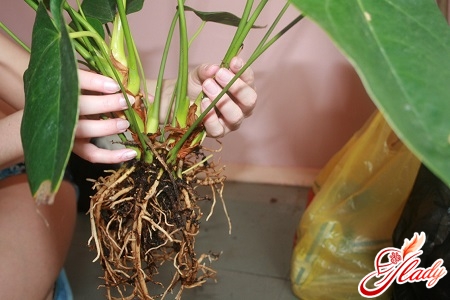
Anthurum Diseases
Anthurium is quite fond of grooming. If the conditions of accommodation are not observed, in particular, the increased dryness of the air, the anturium begins to overcome the diseases:
- Anthracnose and Septoria - fungal infection
One type of fungus is the so-calledpowdery mildew and rust, which locally or diffusely affects all organs of plants that are above the ground. The stems become shorter, the leaves are shallower, and the spores of the fungus of light gray color are clearly visible on their back side. A severe defeat and a lack of timely due treatment can lead to a complete drying of the leaves. Fusarium wilt of anthurium, which is also caused by a fungus, leads to a one-sided curvature of its stems and a gradual death of tissues.
- Various pests
The most common types are thrips,scabbard, aphids and mites. The first signs that the plant needs treatment are discoloration of the leaves, their yellowness or brown spotting - in the middle or along the edges. On the reverse side of the leaves there is a gray coating, the stems are shortened, the leaves are markedly reduced in size - there is reason to think and take measures to save the pet. 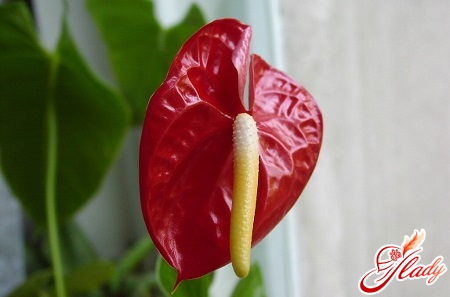
Treatment of Anthurum Diseases
In the case of anthurium disease, treatment should bestart immediately. Put the flower in a shaded place, stop any kind of fertilizer. Destroy all damaged leaves, survivors, treat them with a 2% solution of benate or foundation. An alternative solution is a solution of topsin or zineb. Drug preparations should be strictly according to the instructions. The next step to recovery should be the washing of the soil. If the location of the anthurium is not sufficiently moist, it may be occupied by sucking pests. In the fight against these parasites, a solution of carbofos or fosalon is effective. For the destruction of ticks it is better to use such means as acrex and keltan. The Shield, as a rule, is on the back of the leaves and is afraid of organophosphorus compounds. Aphids do not tolerate a solution of tobacco or pyrethrum, in which you can add derris. If necessary, treatment can be repeated several times until the complete destruction of the foci of infection. It happens that the plant does not bloom for a long time. In this case, it should be placed in a more lit place and fed, or vice versa, removed from a sunny window sill, away from burns. It is possible, after a while, the treatment will bear fruit, and the anthurium will please you with abundant flowering. If you see that the pot is too tight, transplant the anthurium into a more suitable one. Sometimes, excessive watering or stagnation of water in the pan causes rotting of the roots. In this case, treatment should be started by extracting the plant from the pot and removing the affected areas. Slice sprinkled with crushed activated carbon or cinnamon - this will prevent the spread of putrefactive bacteria on healthy tissues. Do not use chlorinated tap water. Water for irrigation should not be rigid, the ideal option - rain. It should be remembered that home anturium disease is easier to prevent than treat, so try to initially comply with all the necessary conditions for caring for your silent friend.




